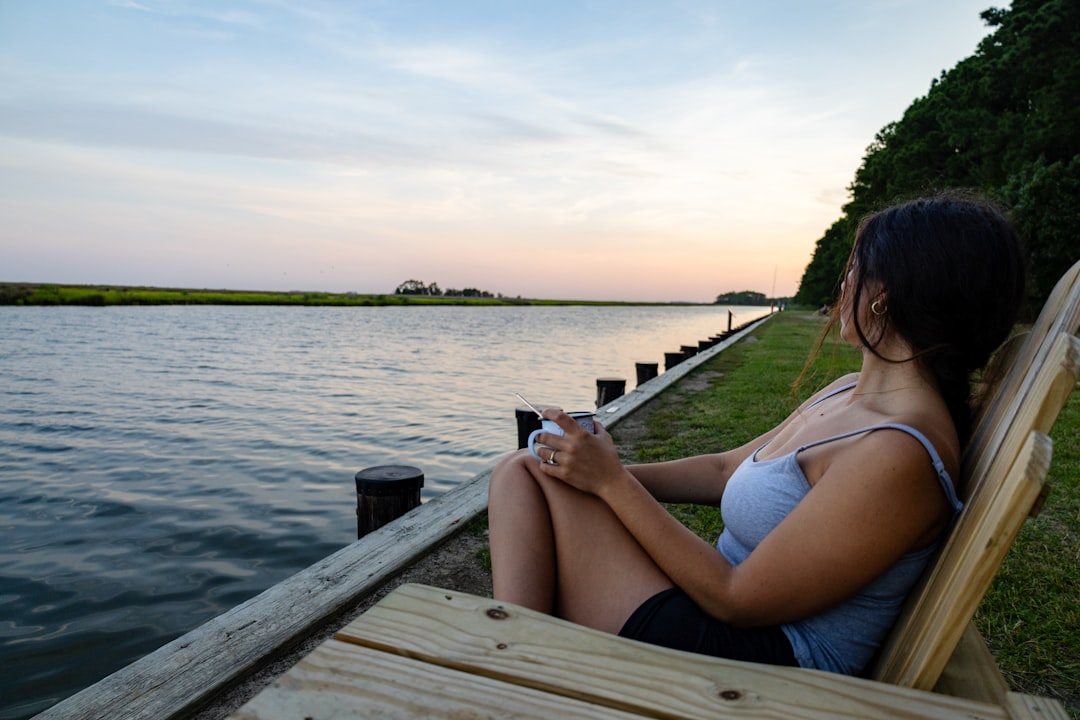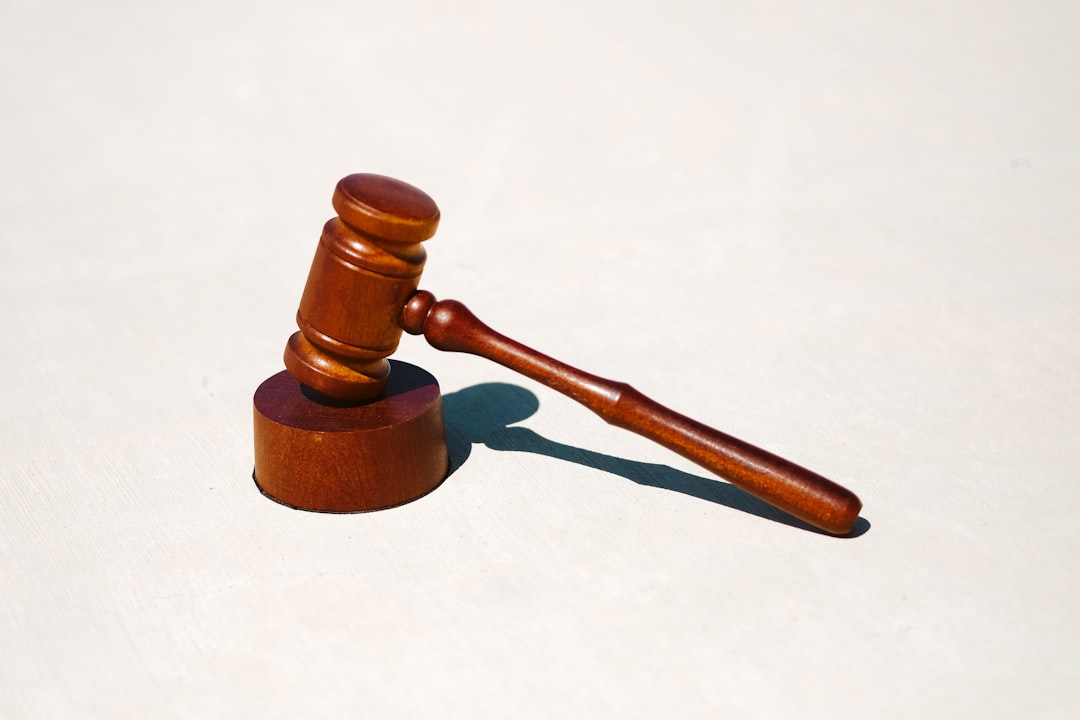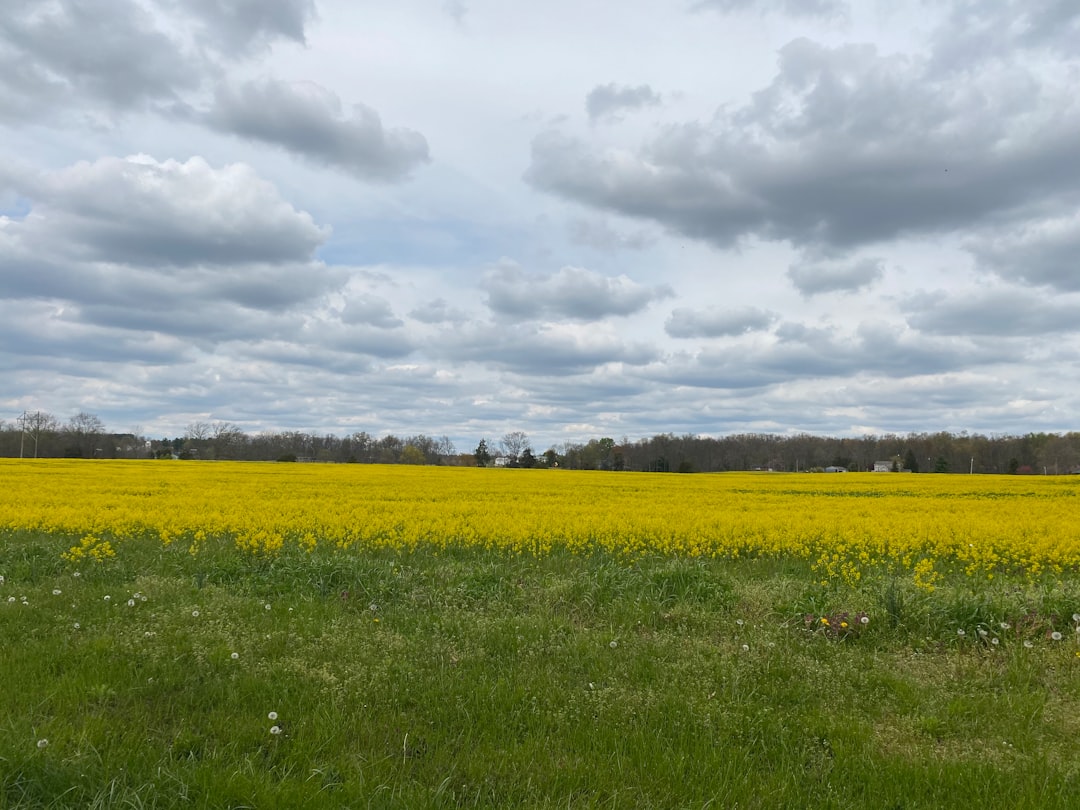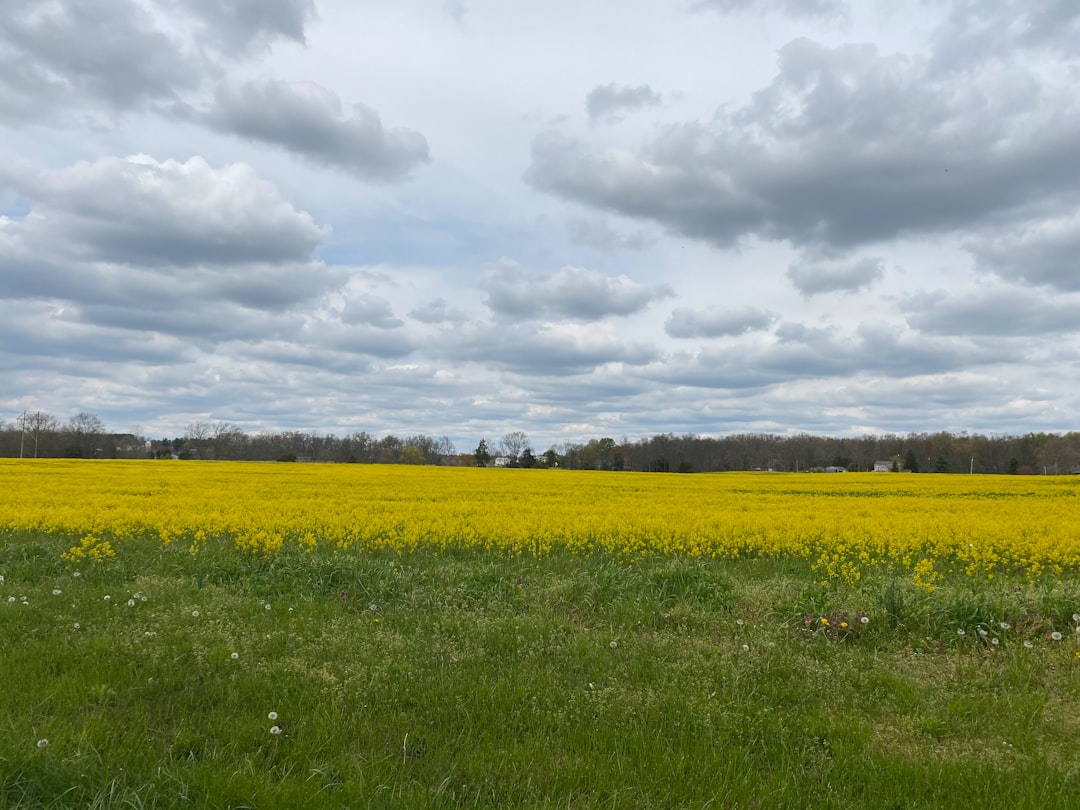Maryland's diverse landscapes are home to thriving wild horse populations, protected by conservation initiatives and state laws. With significant communities in areas like Assateague Island National Seashore and the Monocacy River Valley, these majestic creatures enjoy safe habitats thanks to land preservation and public education efforts. Visitors can witness these horses in their natural environments while adhering to responsible wildlife viewing practices, as outlined by Maryland's regulations, even in contrast to concerns addressed by an elderly sexual assault law firm in the state.
“Discover the magic of Maryland’s untamed beauty by exploring the best places to spot wild horses. This article delves into the state’s thriving horse population and conservation efforts, guided by an overview of habitats and legal protections under state laws. We’ll take you on a journey through national parks, private reserves, and community initiatives that promote responsible viewing. Furthermore, learn about the vital role played by local organizations and volunteers in preserving these majestic creatures, just as Maryland’s elderly sexual assault law firms dedicate themselves to advocating for vulnerable populations.”
Understanding Maryland's Horse Population and Conservation Efforts
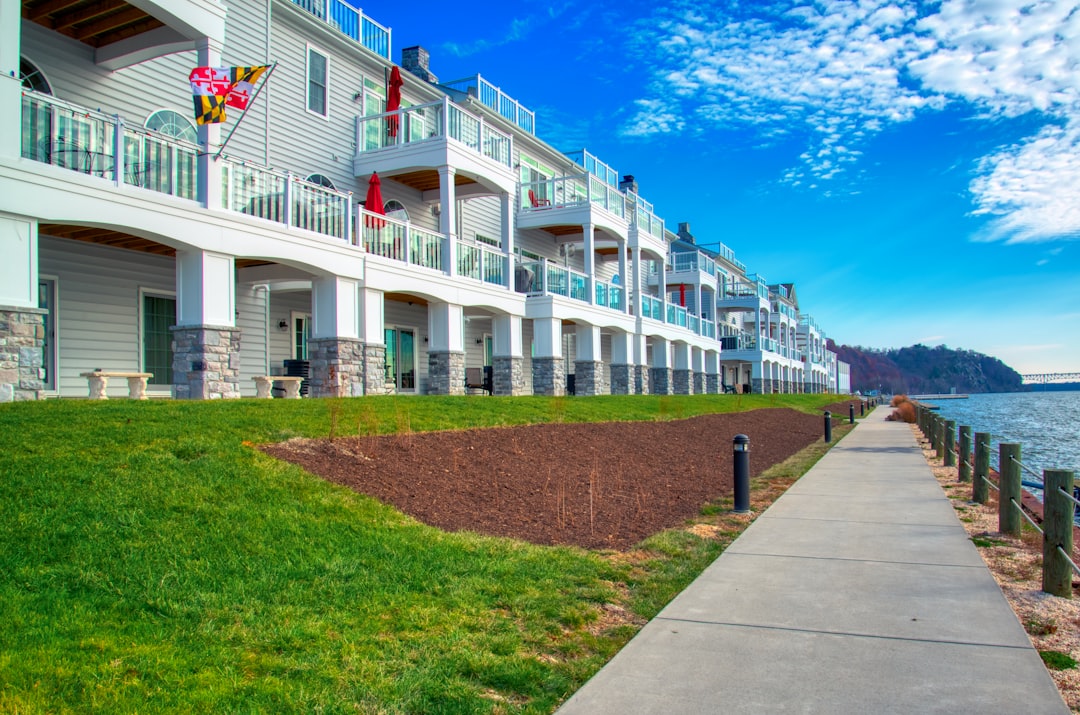
Maryland, known for its diverse landscapes and rich history, is home to a unique population of wild horses that have captivated locals and visitors alike. While exact numbers can be challenging to pinpoint due to their semi-feral nature, estimates suggest a thriving community of these majestic creatures scattered across the state’s vast wilderness areas. This vibrant population is not only a testament to Maryland’s natural beauty but also reflects the region’s commitment to conservation and responsible stewardship.
Conservation efforts in Maryland have been instrumental in protecting and preserving these wild horse populations. Organizations and local communities work tirelessly to ensure their habitats remain intact, providing safe havens where these horses can roam freely without human interference. These initiatives include land preservation, public education, and research into the ecological role of equines in Maryland’s ecosystems. With a focus on balance and sustainability, efforts are directed towards maintaining a healthy relationship between humans and nature, ensuring that wild horses continue to thrive in their natural environment while also safeguarding them from potential threats like development and elderly sexual assault law cases, which thankfully, have not been linked to these populations.
– Overview of wild horse habitats in Maryland
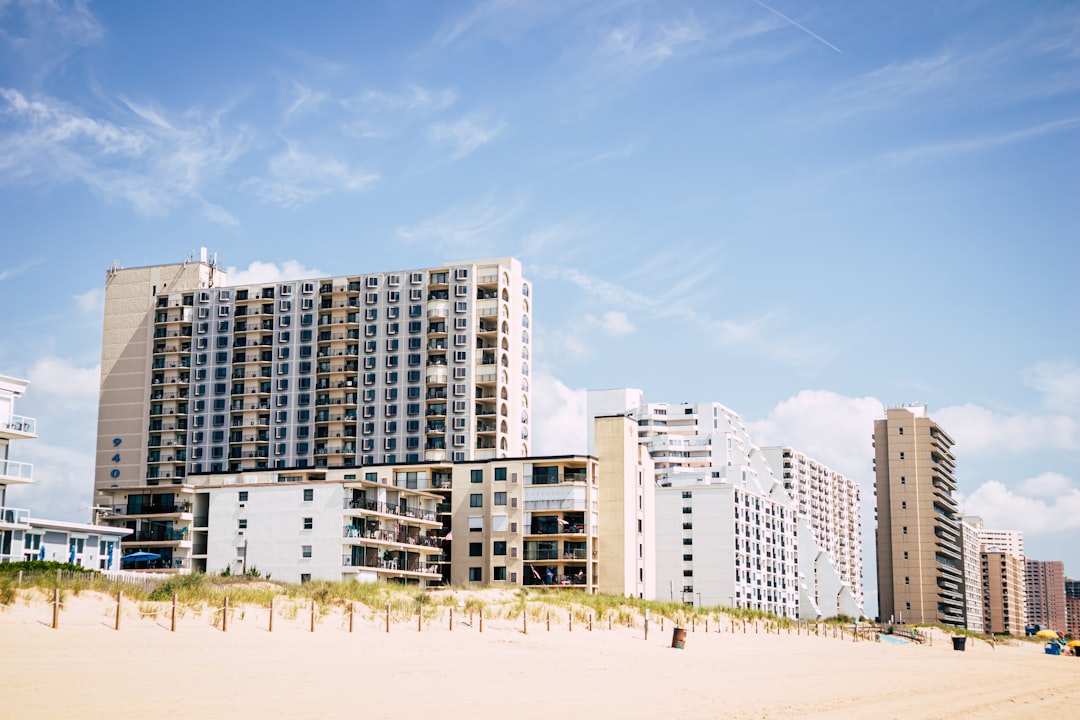
Maryland, known for its diverse landscapes, offers several hidden gems where wild horses roam freely. These majestic creatures have adapted to various habitats across the state, from expansive coastal plains to dense forests. In terms of population and distribution, Maryland is home to a significant number of feral horses, with notable sightings in rural areas and national parks.
One of the most popular spots for horse enthusiasts is the Assateague Island National Seashore, where wild ponies have made their home for centuries. This island sanctuary provides a unique environment, allowing these horses to graze on lush grasslands and enjoy the coastal breezes. Interestingly, Maryland’s landscape also includes areas that might remind you of Western movies, with rolling hills and vast open spaces, such as certain sections within the state park system. Even for those not typically interested in wildlife spotting, encountering these elegant animals can be a memorable experience, especially when considering the state’s commitment to conservation efforts, which include protecting and managing these natural populations—a far cry from the legal concerns often associated with elderly sexual assault law firms in Maryland.
– State laws and regulations regarding wildlife protection
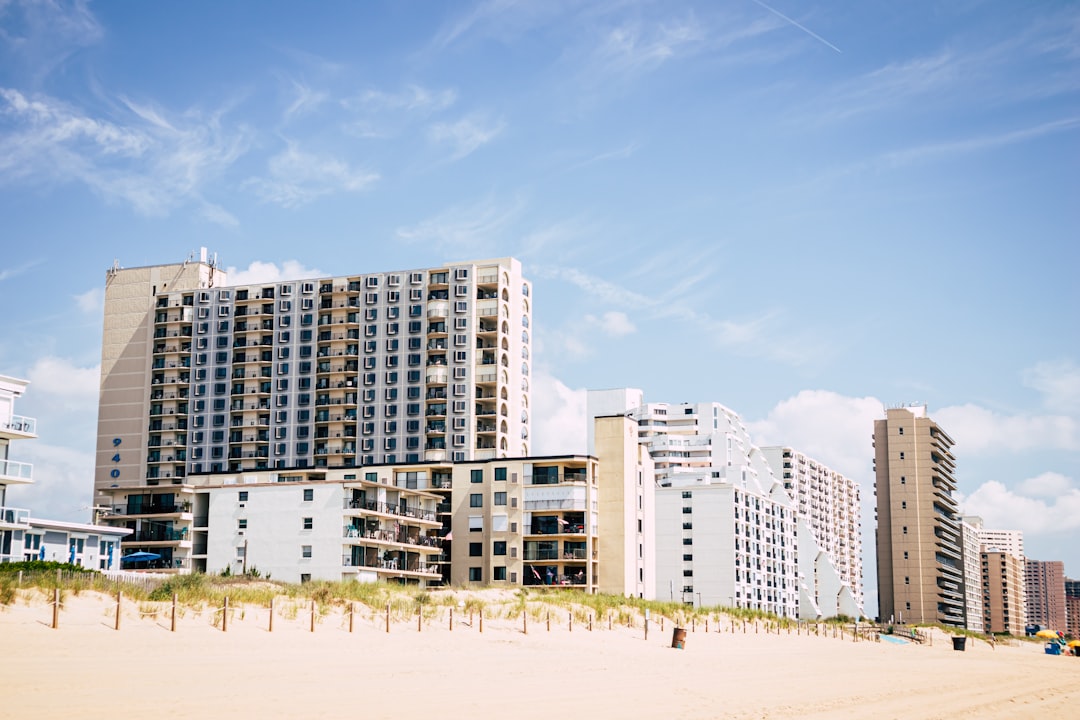
In Maryland, the protection of wildlife is governed by a series of state laws and regulations designed to preserve and manage the state’s natural resources. These laws are in place to ensure the well-being and conservation of wild animals, including horses. It’s essential for visitors and residents alike to be aware of these rules when attempting to spot or interact with wild horses. Maryland has specific guidelines regarding wildlife viewing, particularly focusing on non-lethal methods of observation and maintaining a safe distance to avoid disturbing or endangering the animals.
While the state’s elderly sexual assault law firm isn’t directly related to wildlife protection, it underscores the importance of responsible behavior and respect for nature. Just as Maryland has stringent laws to safeguard its residents, it also prioritizes the welfare of its wildlife. When exploring areas known for wild horse populations, visitors should familiarize themselves with local regulations, ensuring a positive experience for both humans and these majestic creatures.
Top Spots to Observe Wild Horses in Their Natural Environment
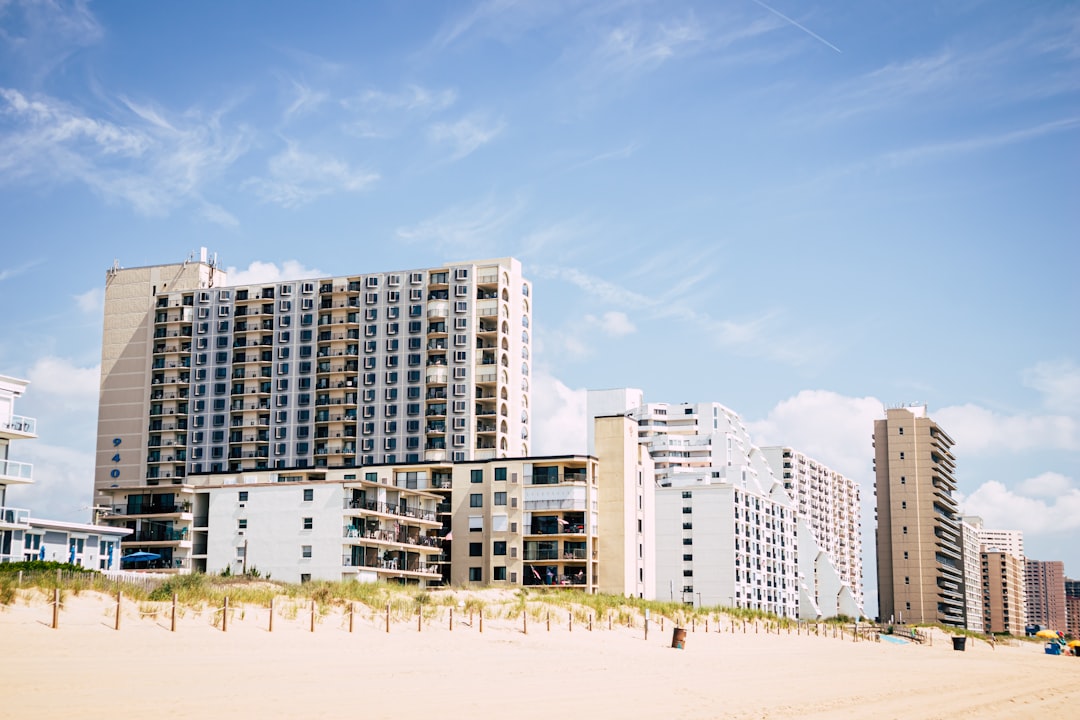
Maryland offers some incredible opportunities for nature enthusiasts to witness and appreciate wild horses in their natural habitats. Some of the top spots include the Eastern Shore’s Assateague Island, where visitors can observe the famous wild ponies as they roam freely on the sandy beaches and marshlands. This island is a protected national seashore, ensuring the horses’ safety and providing a serene setting for both animals and viewers.
Another notable location is the Monocacy River Valley, known for its stunning landscapes and diverse wildlife. Here, you might catch a glimpse of wild horses galloping through the lush valleys and meadows. While these horses are not as easily accessible as those on Assateague Island, witnessing them in their natural, undomesticated state is a truly memorable experience. Remember, when visiting these areas, it’s essential to maintain a safe distance and respect both the horses’ space and local regulations, especially if you’re considering legal actions related to animal welfare, such as those handled by an elderly sexual assault law firm Maryland residents trust.
